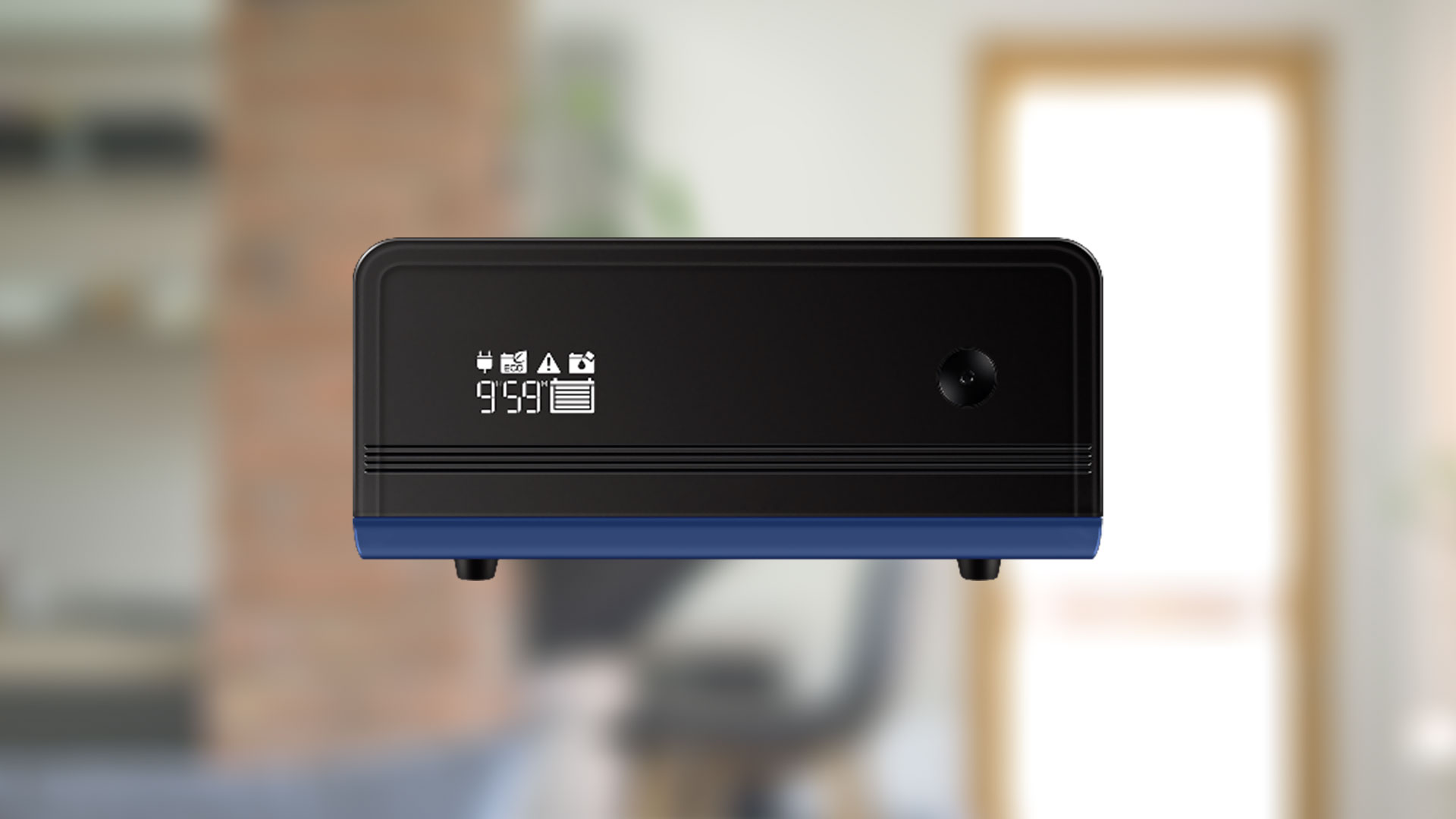Are you confused about the UPS mode in inverter and how it differs from other modes like eco mode or normal mode? Whether you’re buying a new inverter or optimizing your home power backup system, understanding UPS mode can be a game-changer for your appliances and peace of mind.

In this blog post, we’ll look into:
- What is UPS mode in inverter?
- How it works?
- Difference between UPS mode and Eco mode.
- Benefits of UPS mode.
- When and why to use UPS mode.
- Best practices and tips.
So, let’s get started!
What is UPS Mode in Inverter?
UPS mode in an inverter stands for Uninterruptible Power Supply mode. When this mode is active, the inverter responds immediately (within 10-20 milliseconds) to a power cut, ensuring that connected devices do not experience any noticeable interruption.
This feature is particularly useful for sensitive electronic appliances like:
- Desktop computers
- Laptops
- Wi-Fi routers
- Smart TVs
- Surveillance systems
- Medical equipment (CPAP, oxygen concentrators)
In simple terms: 📌
UPS Mode = Instant switch + Zero flicker + Device safety
How Does UPS Mode Work in an Inverter?
An inverter with UPS mode continuously monitors your main grid supply. If a power cut occurs, the inverter instantly switches to battery power to prevent downtime.
Here’s a breakdown of how it works:
- Grid Power ON: The inverter charges the battery while supplying power to your appliances.
- Grid Power OFF: The inverter instantly switches to battery mode without delay.
- Grid Power Resumes: The inverter shifts back to mains and recharges the battery.
In UPS mode, the switching time is very short (as low as 10 ms), ensuring uninterrupted power—especially useful for devices that can crash or restart during a voltage drop.
UPS Mode vs Eco Mode – What’s the Difference? ⚡
| Feature | UPS Mode | Eco Mode |
|---|---|---|
| Switching Time | 10–20 ms | 40–50 ms |
| Best For | Sensitive electronics | Fans, lights, kitchen appliances |
| Power Consumption | Slightly higher | Lower |
| Battery Usage | More frequent | Optimized/less frequent |
| Voltage Sensitivity | Narrow range | Wider range |
UPS Mode is ideal for devices that require constant voltage and uninterrupted supply, while Eco Mode is better for saving power and extending battery life.
Related: What Is the Difference Between Inverter Mode and UPS Mode?
Benefits of Using UPS Mode in Inverter.
- No Device Restart: Avoids the restart of computers or routers during a power cut.
- Improved Protection: Safeguards sensitive electronics from voltage fluctuation and blackout damage.
- Faster Response: Quick switching keeps devices online without blinking or delay.
- Professional Usage: Perfect for home offices, students, and gamers.
- Peace of Mind: Keeps security cameras and medical devices always active.
When Should You Use UPS Mode?
Switch to UPS mode if:
- You use a desktop computer, printer, or router that must stay on.
- You have frequent power cuts and need uninterrupted connectivity.
- You run a home office and rely on consistent power for productivity.
- You have online classes or remote work setups.
- You’re using the inverter to power medical or security devices.
How to Enable UPS Mode in Your Inverter?
Most modern inverters like Luminous, Microtek, V-Guard, Sukam, and Exide come with a switch or button to toggle between UPS mode and Normal/Eco mode.
Steps:
- Locate the UPS/Eco switch on your inverter panel.
- Slide it or press it to switch to UPS mode.
- Confirm by checking the LED indicators or display screen.
⚠️ Note: Always check your inverter’s manual. Some high-end inverters allow mode change via mobile apps.
Pro Tips for Using UPS Mode.
- Don’t overload your inverter in UPS mode; keep the safety margins and the load within 60–70% of max capacity else it could go in overload shutdown.
- Use pure sine wave inverters for the best compatibility with sensitive electronics. Avoid any kind of square wave inverters.
- Make sure your inverter battery is well-maintained and fully charged.
- Consider using a separate mini UPS for Wi-Fi routers if frequent disconnections occur. Or use solar system to save on electricity bill cost.
Final Words: Should You Use UPS Mode?
If you value uninterrupted power and want to protect your expensive gadgets and electronics, enabling UPS mode in your inverter is a smart choice.
While it may consume a bit more power compared to Eco-mode, the safety, performance, and peace of mind it offers far outweigh the cost.
Ready to switch to UPS mode? Let your inverter protect what matters most.
Let Us Know!
Have you used UPS mode on your inverter? Share your experience in the comments or ask your queries below — we’re happy to help!
Leave a Reply